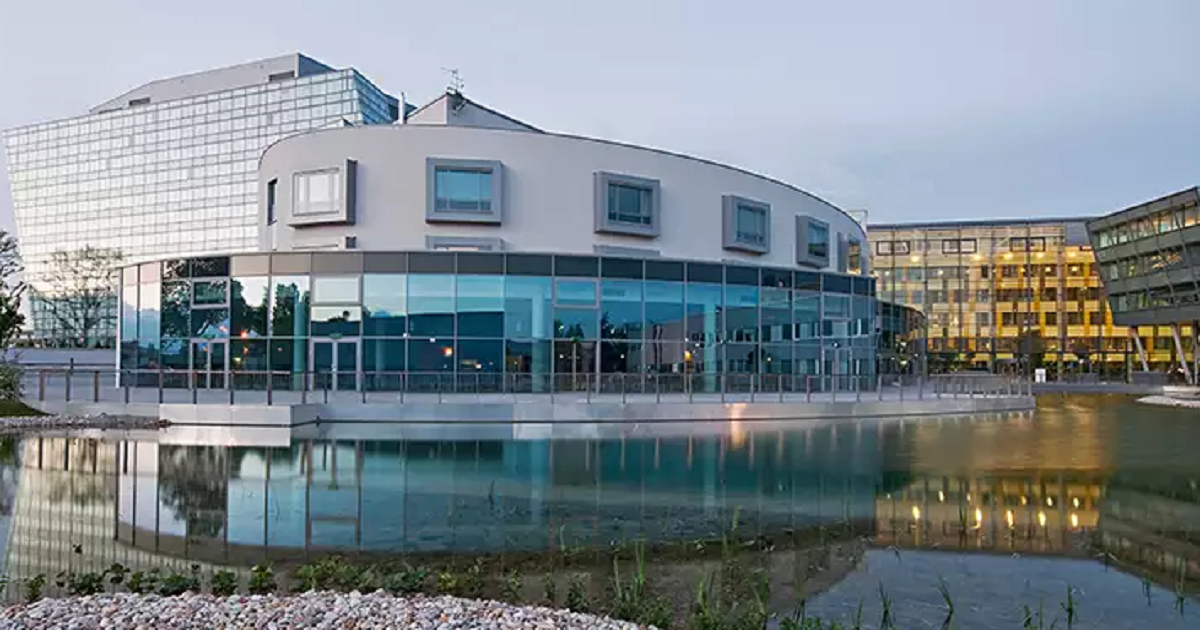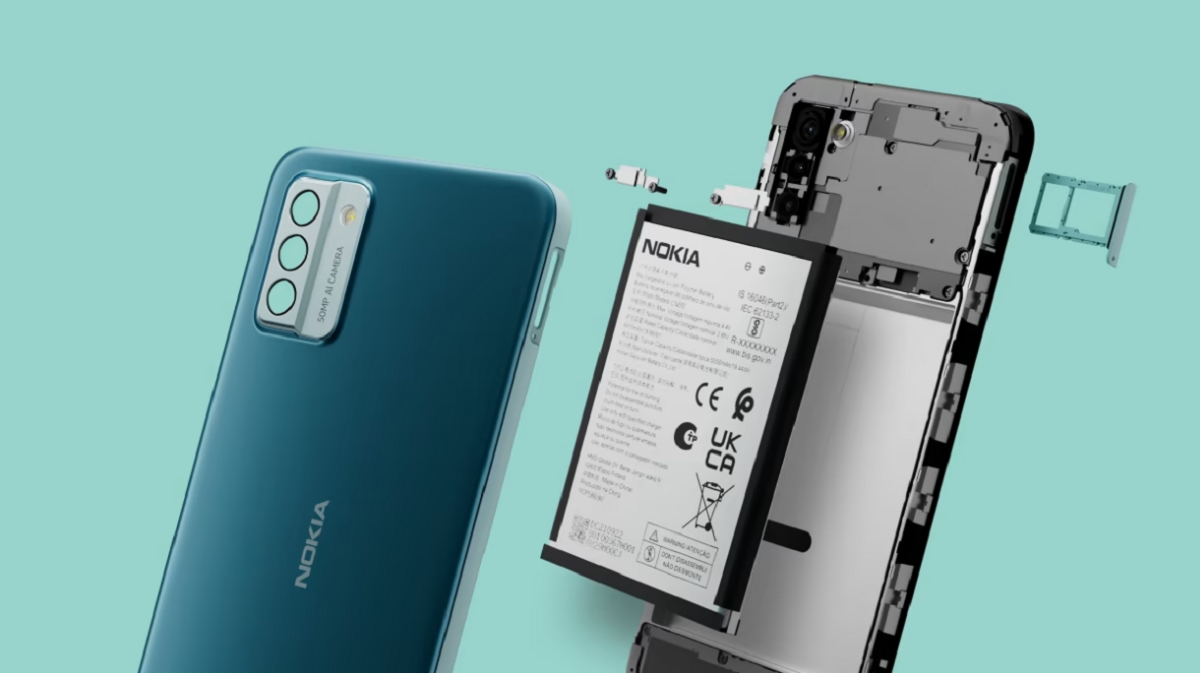A multiservice city network — the smart move

Smart cities. The term conjures up autonomous transportation systems, robotic information assistants, personalized digital signage and citizen-government collaborative systems. It’s a vision of the sustainable and ultra-efficient city, adaptable to the needs of its citizens and empowering them to make informed decisions about their own community.
But for all the glitz and high-tech gadgetry of IoT, machine learning, and automation to work, a smart city needs a strong foundational technology: a multiservice communications network. In this blog , I want to dig a little deeper into why, at Nokia, we think of the multiservice network as the underpinning of a hyperconnected city.
Our experience consulting with city planners and managers is that they are often highly focused on specific use cases to tackle immediate challenges. As a result, city systems such as SCADA for water operations, intelligent transportation systems, CCTV and land mobile radio are often deployed with purpose-built backhaul networks. However, many of these older networks are approaching end of life and there is an opportunity to move to a modern multiservice network that can handle all applications with optimal network efficiency. Deploying another city network is often not as costly as one thinks because fiber infrastructure may already be in place, particularly along major roads or in central business districts. Thus, the big expense (and citizen inconvenience) of digging up streets can be avoided. Adding in new multiservice network equipment is all that is required to upgrade these older backhaul networks to modern, mission-critical multiservice networks.
In unfibered areas, microwave technologies can be used to as the transport media of the multiservice network. Additionally, with new spectrum being made available (e.g., CBRS in the US and 2.6 GHz in France), private wireless with LTE or 5G has become a very attractive option and many local governments are seriously evaluating the private wireless option., It is not only suitable for connecting low-powered IoT sensors for new “smart” applications, it can also be used to extend the multiservice network footprint. Summing up, there are many ways to deploy the multiservice network to cover the city without disruption.
There are also other savings that come into play when looking at modernizing to a multi-service network. Security is always an important priority and is an increasingly expensive line item on the city budget (as well as many private sector industries). Consolidating all traffic onto a single network that leverages a defense-in-depth approach significantly reduces security costs, as well as operations, administration and maintenance expenses.
We discussed earlier how private LTE or 5G can provide connectivity for IoT sensors for smart city applications. Those private wireless networks also require a multiservice network to backhaul the sensor data to the cloud and ultimately the integrated operations center for the city where they are processed and analyzed. Ideally, the city multiservice network would also enable automation of connectivity to facilitate rapid rollout and ongoing maintenance. Without automation, the cost and labor required to configure, update and secure connectivity for each sensor as it is onboarded and managed would be prohibitive.
The network also needs to interwork with data centers and the cloud. Many city and industrial applications are now cloud-based. They are often moved between data centers depending on the load requirements or the need to have processes happening at the edge of the network, close to the data source. It is challenging to reconfigure routers manually to follow these shifts as they occur. It’s important that the city network can interoperate with the data center network fabric and follow the applications as they shift.
IP/MPLS is the reliable, proven, mission-critical network protocol of choice for meeting all these requirements. It is a multiservice network architecture, which means that it can carry traffic for multiple applications at the same time, managing the specific service requirements of each application.
For example, a public safety network uses land mobile radio (LMR). This is mission-critical, real-time network traffic. It can’t be buffered or delayed and it must be prioritized over all other traffic, but isn’t very demanding in terms of bandwidth. This is versus public Wi-Fi, which is bandwidth-intensive, but not mission-critical, requiring the network to do only the best it can. If delays and buffering occur in favor of LMR or any other more important traffic, it doesn’t matter.
smart city network blueprint
This figure illustrates a smart city network blueprint with IP/MPLS as the network layer. On the left, we see multiple applications generating different kinds of traffic. In the middle block, we see a layered network where each application is confined or segregated (in networking speak) at the service layer. We could add more defined services here, such as LMR and public Wi-Fi, and many others. The service layer defines the network requirements of each service: e.g., how much bandwidth, whether it can be buffered, latency budget (important for automation) and security.
It is possible to automatically apply these service policies to IP/MPLS, which in turn, engineers the network traffic for deterministic QoS (quality of service), ensuring, for instance, that public safety LMR traffic is handled one way, SCADA traffic another and IoT sensors in ways that are appropriate to that defined service.
IP/MPLS has a number of ways of managing security, but most commonly uses VPN segregation for each service, effectively isolating them from each other. This ensures that malware on an infected computer on a public city Wi-Fi network can’t traverse across the services and, for instance, shut down all the city traffic lights or cause havoc with other municipal systems. Encryption and firewall can also be turned on for additional layers of protection.
Finally, IP/MPLS works hand-in-hand with SDN, which is the networking foundation of the cloud. SDN works at the service layer to manage the network services from the data center to the end device. An IP/MPLS router that understands SDN is used as a data center gateway to extend connectivity in the city network into the cloud. This allows seamless connections between sensors and the workloads in the cloud. SDN can also help the city network to automate onboarding of sensors and other devices.
If the goal of your smart city program is to build out use cases over the coming years, incrementally expanding smart services as budgets allow, there is a big opportunity to leverage a converged IP/MPLS multi-service network at its foundation. Looking ahead to the requirements that future applications will have and planning your network investments now, will help your city reach its successful smart city future. The multiservice smart city network is a fundamental piece of today’s modern smart cities in much the same way that transportation, electricity, sanitation and the telephone network defined the cities of the last century.

















Tag